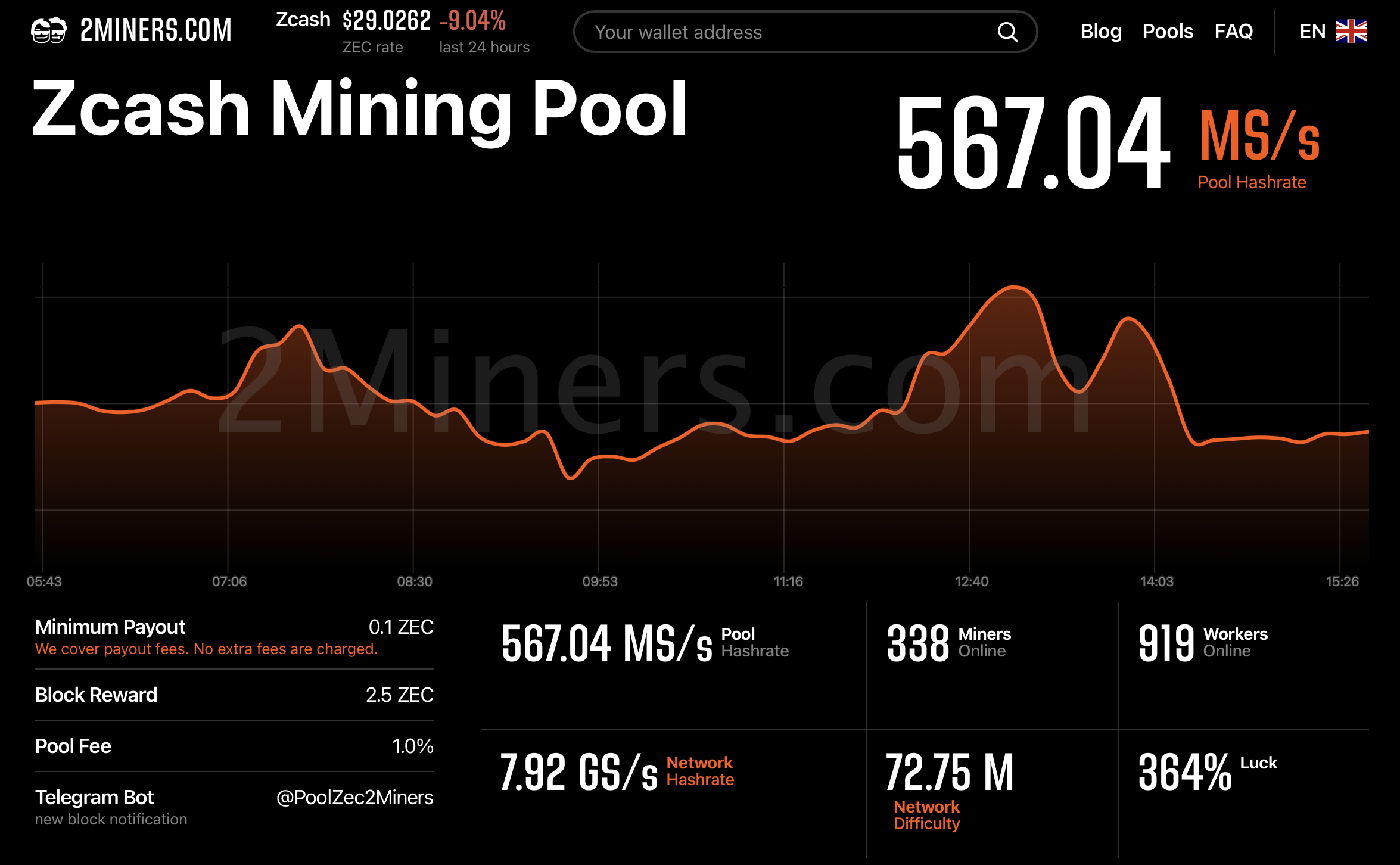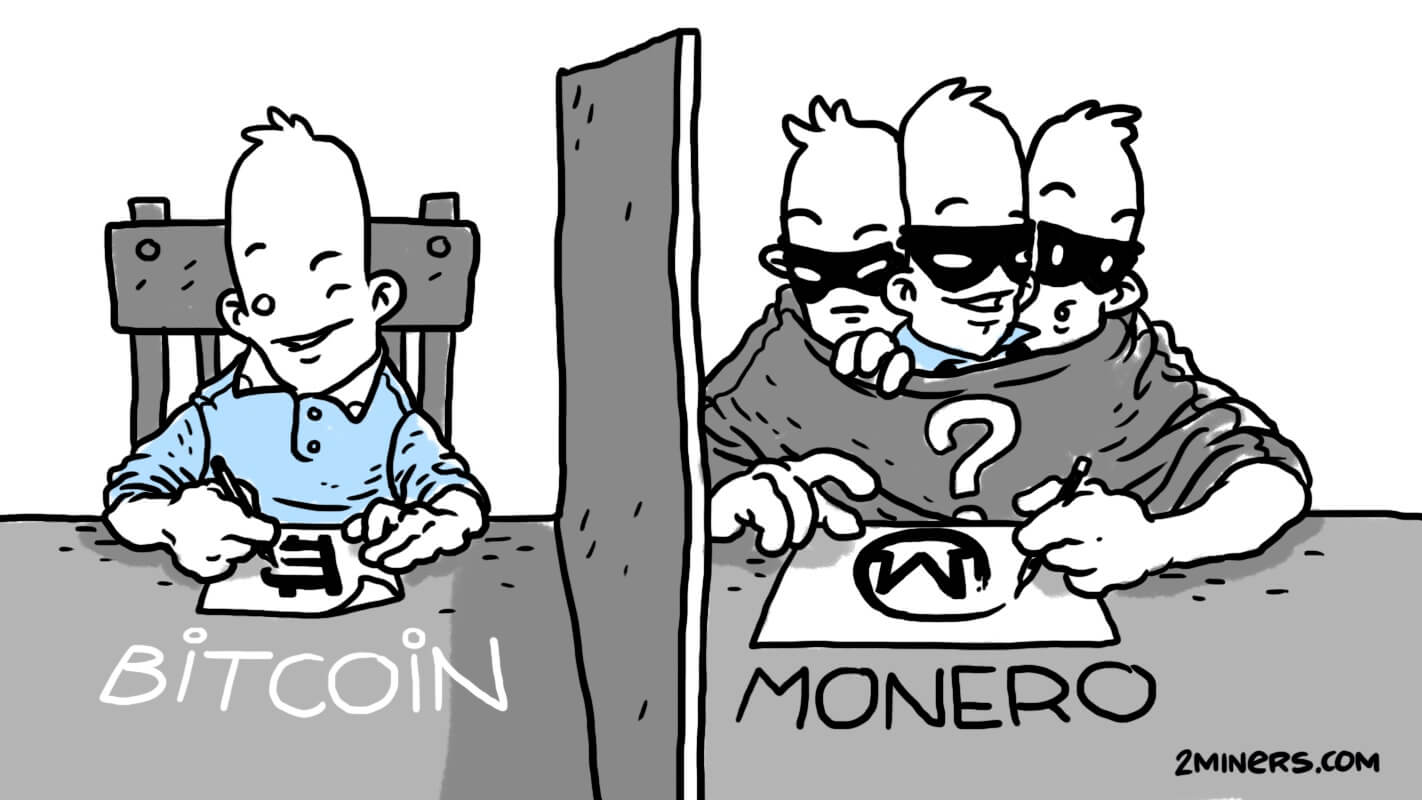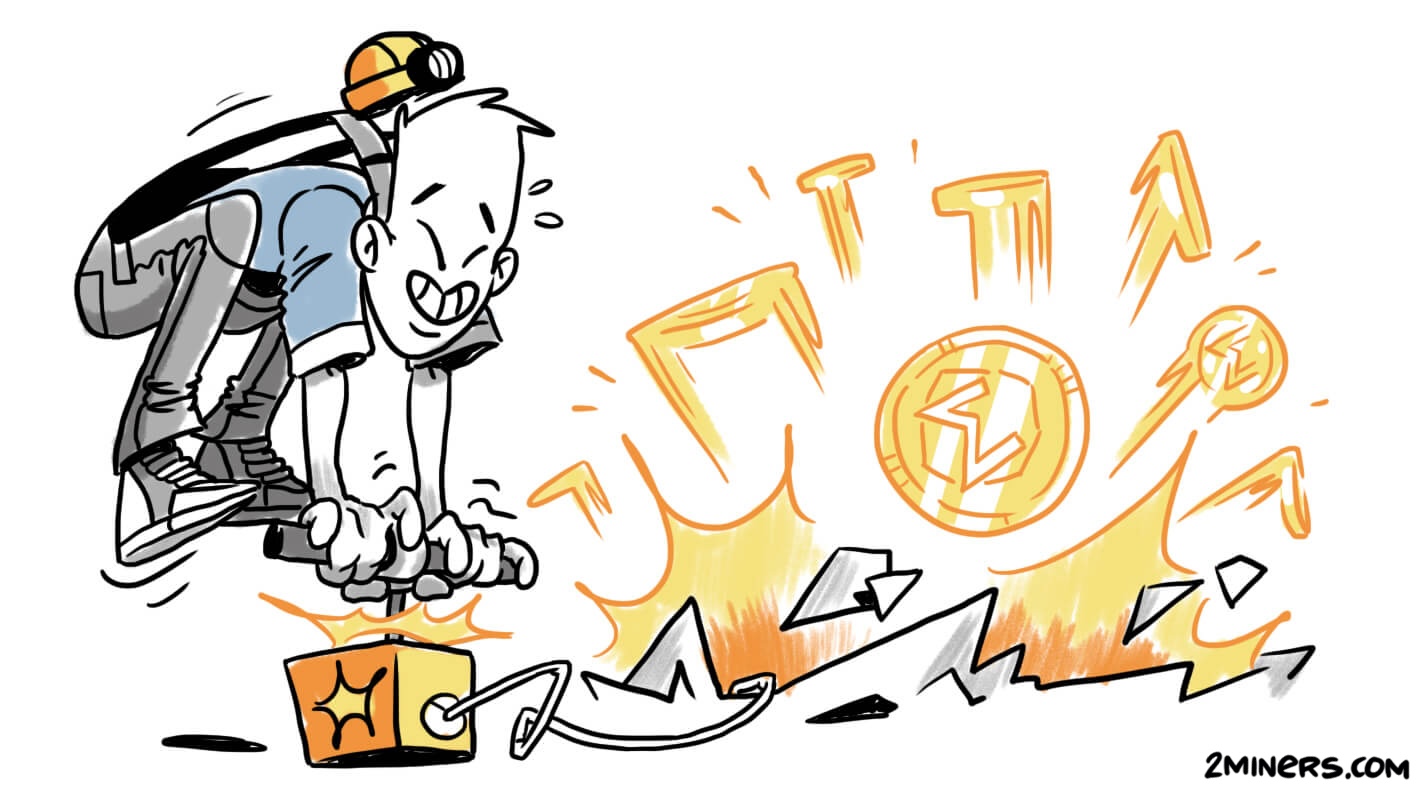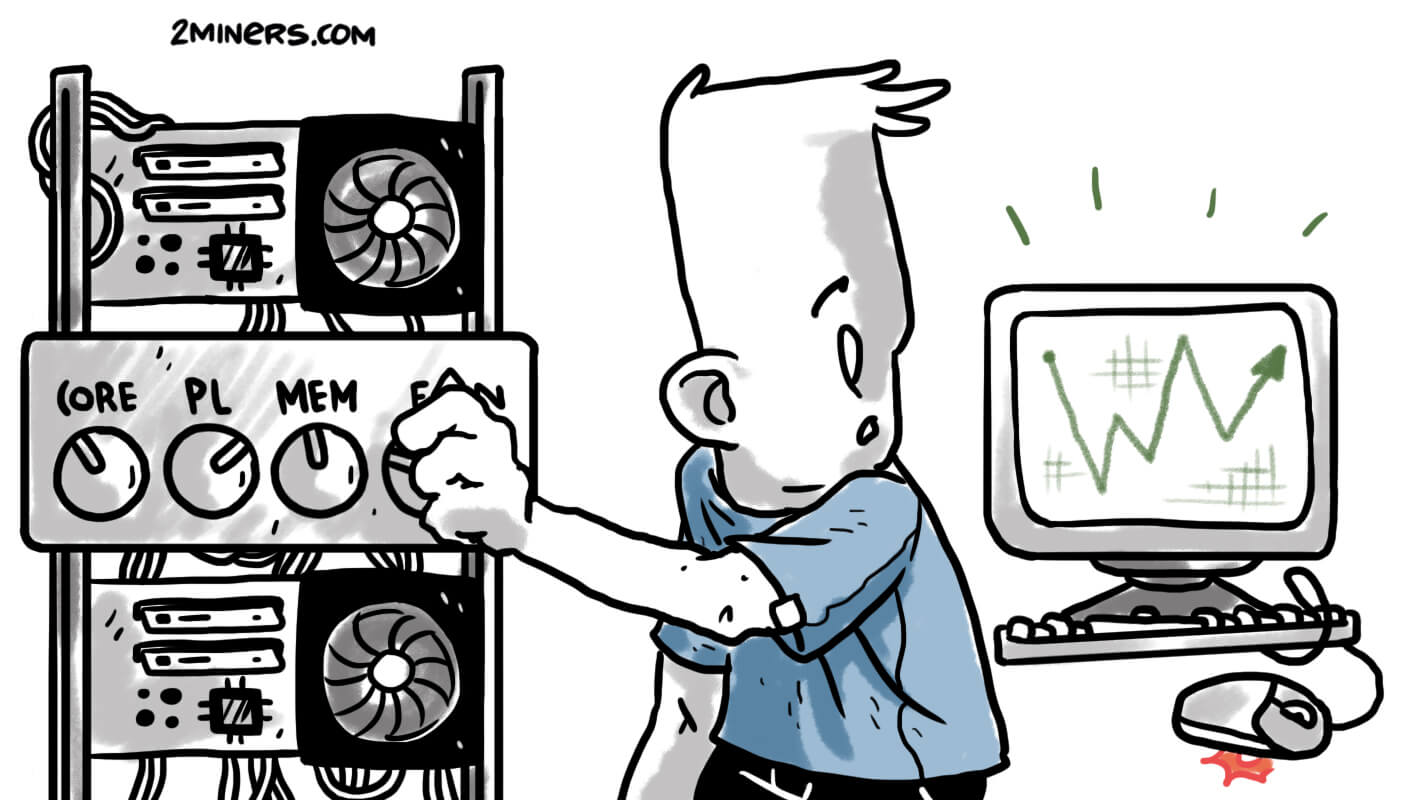August 2024 Progress Report: ZEC New Address Types, Node Updates



We now support payments to TEX addresses.
As the cryptocurrency landscape evolves, so do the requirements for transaction transparency and regulatory compliance. Recent developments have led to the introduction of ZCash TEX addresses, particularly in response to increased regulatory oversight. Binance and other exchanges have begun requiring transactions on transparent addresses, driving adoption of TEX addresses that are only compliant with these types of transactions.


ZCash TEX addresses are designed to receive funds only from Transparent Addresses, not Shielded Addresses. This means that users must first transfer funds from a Shielded Address to a Transparent Address before sending them to a TEX address. The introduction of TEX addresses (as defined in ZIP 320) aims to meet transaction requirements without completely sacrificing user privacy. The push for TEX addresses comes as regulatory pressures for transparency in transactions increase, especially on platforms like Binance that threaten to delist non-compliant cryptocurrencies.
Do ZCash TEX addresses reduce privacy? For privacy-conscious users who already use Shielded Balances, the impact is minimal. While the design of the ZCash Wallet aims to minimize privacy loss and prevent tracking via metadata, these addresses increase the likelihood that node operators will be able to correlate transaction data.


Is ZCash still compliant using TEX addresses? While TEX addresses meet current regulatory requirements without significantly compromising privacy, they are only the beginning of potential regulatory changes that could have greater privacy implications. The future of ZCash may need to lean more toward decentralized exchanges and wallets, and ZCash Wallet will continue to support this.
Node Update
Zcash (ZEC) v5.10.0
The latest Zcash update introduced support for Network Upgrade 6 (NU6) on Testnet, with an upgrade to Mainnet expected soon. The release also improves RPC method handling and improves platform support by removing older operating systems like Debian 10 that no longer meet security standards. Security patches for recent vulnerabilities disclosed by the Bitcoin Core security team have also been implemented, making nodes more secure.
Horizon (ZEN) v5.0.4
This update extends the deprecation height of previous versions, allowing users to seamlessly transition to a new, more secure version of the node software. To maintain network integrity and security, it is important that all nodes running on Mainnet update before the set deprecation block height.
Ergo 5.0.22
Ergo’s update improves query capabilities for blockchain transactions and fixes duplication of transaction results, improving the reliability and accuracy of data retrieval within the network.


Pyrin update failed
The Pyrin network was set to undergo a significant update with version 0.14.2.3, which was designed to improve network performance by increasing the block rate from 1 block per second to 10 blocks per second. This ambitious update was intended to improve network throughput and scalability, support a higher volume of transactions, and reduce latency for Pyrin users.
Unfortunately, the update did not go as planned. Despite all mining pools updating to the new version, the network faced serious stability issues. As the block rate increased rapidly, several chains split, indicating a lack of consensus among nodes. This led to repeated disagreements about the valid chain, fragmenting the network and causing significant disruption for both users and miners.


The Pyrin development team responded by reverting some of the newly created blocks to stabilize the blockchain. They rolled back to the previous stable version of the node software (version 0.14.5) which maintained the block rate at 1 block per second. This action was necessary to restore the operational stability of the Pyrin network.
The network is currently functioning normally and mining is ongoing. Miners should pay attention to announcements of new updates that incorporate lessons learned from this experience.
Karlsen and KASPA compensation reduction
Reduced compensation for Carlsen (KLS)
In line with the Karlsencoin token economics, Karlsen’s block reward was reduced from 41.60 KLS to 40.45 KLS as part of the issuance schedule.
KASPA(KAS) Compensation Reduction
According to the KASPA EMISSION SCHEDULE, the block reward has been reduced from 97.99 KAS to 92.49 KAS. Miners are urged to update their strategies accordingly.


All changes are now reflected in 2CryptoCalc for accurate mining profitability calculations.
Stay connected with us via X and join our Telegram miner community for the latest updates and support. Your mining success is important to us and we are here to support you every step of the way.



